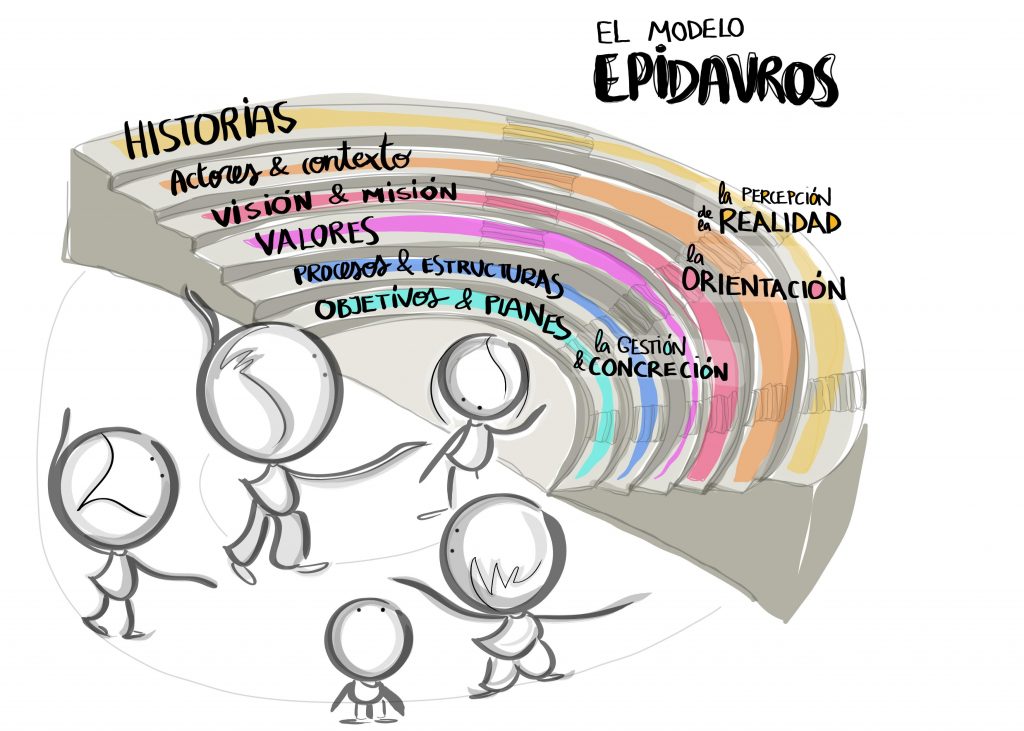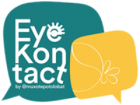4.601 / 5.000
Resultados de traducción
 The growing complexity and instability of the world we live in requires an evolution of thought and the languages we use to think, listen, converse and communicate. Neuroscience is gradually discovering how our mind works and based on these findings we can develop new techniques and tools.
The growing complexity and instability of the world we live in requires an evolution of thought and the languages we use to think, listen, converse and communicate. Neuroscience is gradually discovering how our mind works and based on these findings we can develop new techniques and tools.
verbal language is powerful and allows us to use increasingly precise concepts. However, it knows its limits when it comes to simultaneously expressing multiple relationships.
Fortunately, we have the visual language that accesses that place where words are not enough, generating new connections and conversations from a shared narrative, combining rational thinking and creative intelligence.
The language of the constellations activates another way of perceiving and expressing emotions through the representation in space of the images that the mind develops, in order to quickly and agilely access that implicit knowledge, in occasions, transparent to people.
FOR THE FIRST TIME, WE COMBINED THESE THREE APPROACHES to generate a training proposal that combines the development of thinking, communication, listening and conversation skills. This bet is the result of the sum of a consolidated trajectory in SYSTEMIC APPROACH, VISUAL THINKING AND SYSTEMIC CONSTELLATIONS.
This methodological pairing combines techniques and tools to think collectively, connecting explicit and implicit knowledge, to build narrative, sense and significance among the people who make up a group or team.
OBJECTIVES
- Develop agile, concrete and precise thinking to understand the dynamics and essential patterns of a situation.
- Express and represent our intuitions, ideas and relationships to go beyond the words that anchor the process.
- Communicate and (re)present in a clear and effective way our projects with lightness, depth and beauty.
CONTENTS
1.- Methodologies and techniques to work with three languages in parallel: Verbal (narration), Visual (drawing), Scenic (constellation).
2.- systemic thinking:
- Distinguish and connect.
- The limit and the system.
- Structure and models.
- Structural coupling.
3.- Systemic tools to think and communicate at essential moments (identify values, define strategy, address conflicts, etc.)
Know and practice the exercises of the Epidaurus model:
- Who are we?
- First features of the project.
- The context we chose.
- The people involved.
- The vision.
- The values.
- The processes.
- Objectives and action plan.
4.- Tools to visualize systems thinking concepts and anchor the experience of the constellation.
METHODOLOGY
It is a practical and experiential course that will have as its common thread the simulation of the foundation of a company following the Epidaurus model.
Before the course begins, participants will be given:
- Access to a free online training pill on visual language.
- Reading material on the systems approach.
TARGETED TO
Professionals who:
-
- They know the organizational constellations and the systemic approach, and they want to gain efficiency, both in their communication and development, as well as in anchoring the client, person or team.
- They use visual language and work with teams and organizations, and want to incorporate the systemic approach and application tools in the company.
- They lead or accompany teams and organizations and want to increase communication efficiency.
- They are looking for tools to work with teams and companies on challenges such as working with values, definition of values, conflict management, etc. or at other moments of key strategic reflection for the company.
Note: Before starting the training, a free online training pill will be offered with basic concepts of Visual Language for those who do not know it. It is not necessary to “know how to draw” to be part of this training.
